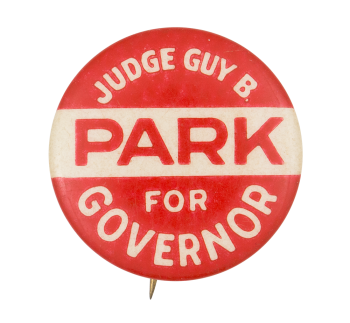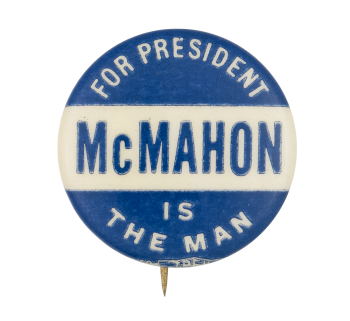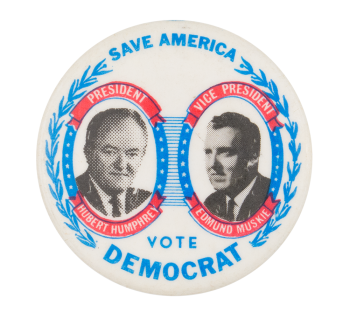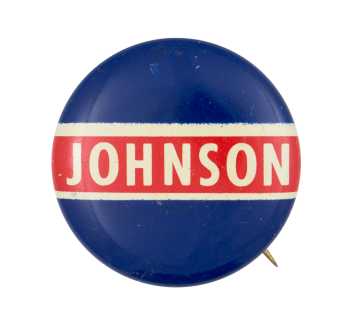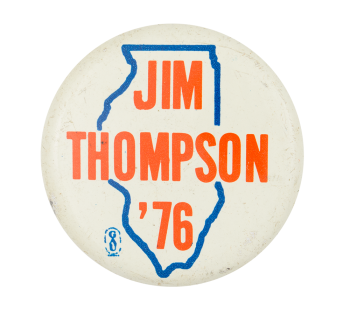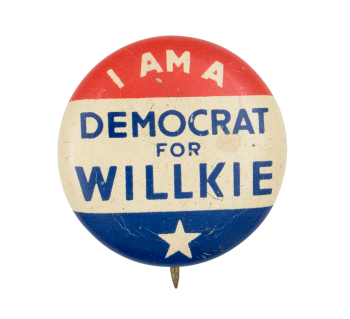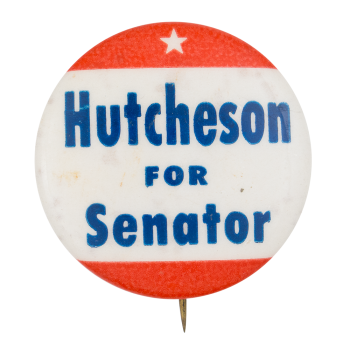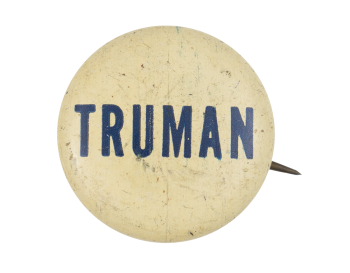Orange and White Win
| Category | |
|---|---|
| Additional Images | |
| Sub Categories | |
| Text on Button | WIN |
| Image Description | White text on an orange background |
| Back Style | |
| The Shape | |
| The Size | |
| Additional Information | “Win” is to be victorious. It is a fusion of the Old English word “winnan” which means “to work at or struggle for,” and the word “gewinnan” which means “to succeed by struggling.” Winnan and gewinnan are both from the Proto-Germanic word “wennanan” which means “to seek to gain.” Have info on this button? Contact us here. |
| Catalog ID | PO574 |



